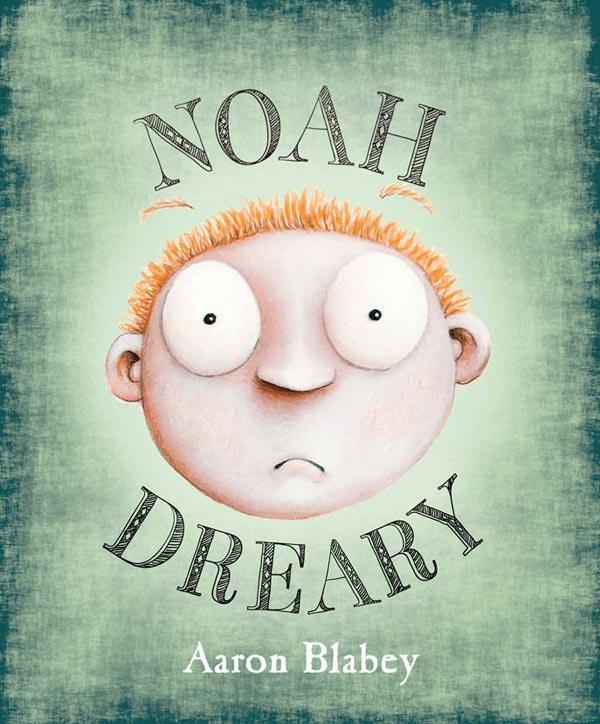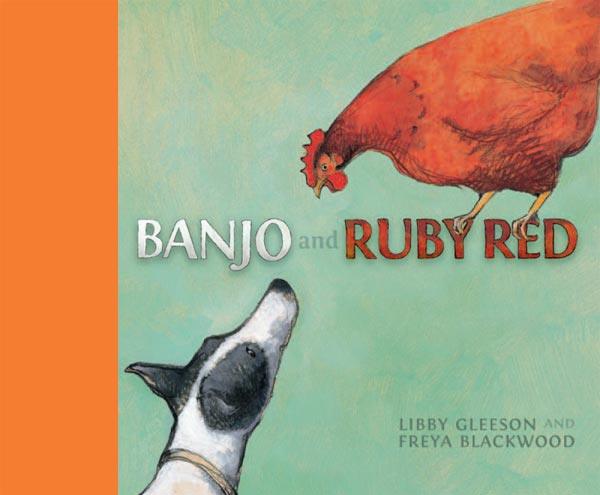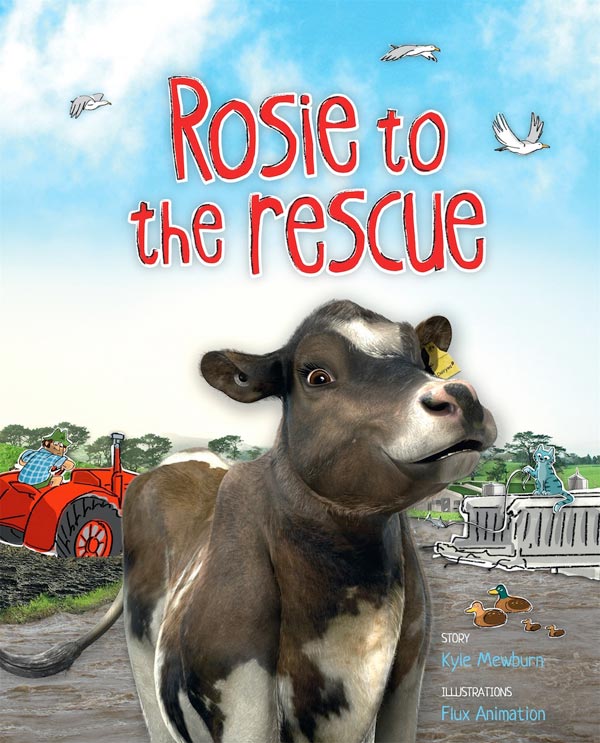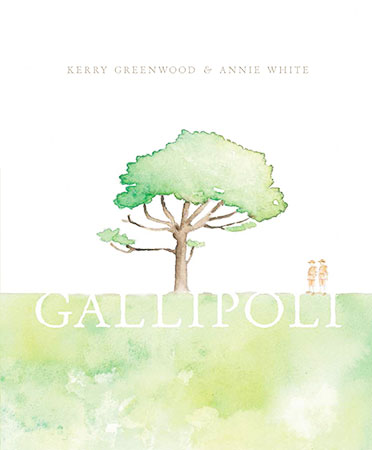Aviva Reed, Eon: The Story of the Fossils, Oekologie Studio, Dec 2017, 35pp., $35.00 (hbk), ISBN: 9780646978376
Eon is a distinctively different picture book combining concepts from science, poetic text, imaginative storytelling and beautiful artwork.
The story essentially describes the evolution of the earth (not just fossils, despite the title) from 5 billion years ago to now. Beginning with the creation of the earth from Stardust, readers follow the forging of our planet’s atmosphere, seas and land masses, the subsequent varied life forms that have come and gone over time, ice ages and mass extinctions. Through it all, readers become acquainted with the scientific concepts of evolution and deep time.
A subtle time-line at the bottom of each page helpfully identifies geological periods as they are described in the text, and pinpoints when they occurred.
The lyrical text in irregular meter creates a comfortable sense of fluidity. Alliteration and rhyming come and go like the animals and plants being described. Some phrases scream to be read aloud, such as Tangled by turbulent hydrothermal vents/a cauldron of colliding elements. Some of the more esoteric phrases encourage a pause for deeper thought, such as legs inside eggs meant life could roam and weathered stone became hormones. The trickiest phrases are explained in a glossary in the back matter, along with descriptions of the geological time periods and some of the life-forms featured in the illustrations. The back matter also has a double-page time-line summary.
The watercolour illustrations are both interesting and beautiful. Many show a myriad of intermingled life-forms, sometimes incorporating half-hidden non-living treasures such as musical notation. I particularly loved finding the circuit diagram, binary code and human skull blended into the “present time” illustration!
Author/illustrator Aviva Reed describes herself as an interdisciplinary visual ecologist, and this book is nothing if not interdisciplinary. Prof. John Buckeridge is credited with science editing, but this is not strictly a science book. It is more a book to fire imaginations and get the artistic, philosophical and scientific juices flowing in older children. It may well be a catalyst for some fascinating classroom discussions.
Reviewed by Julie Murphy





